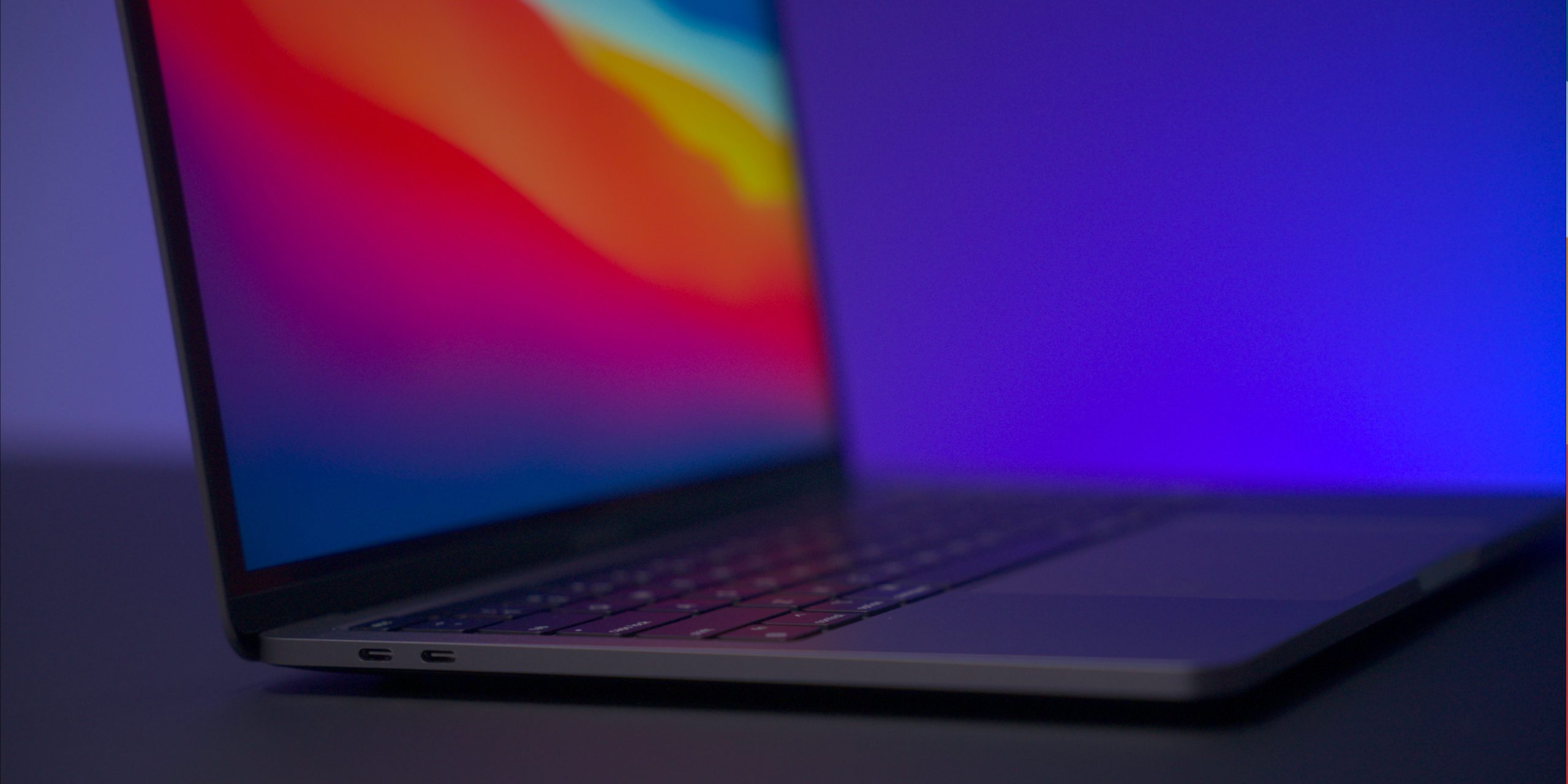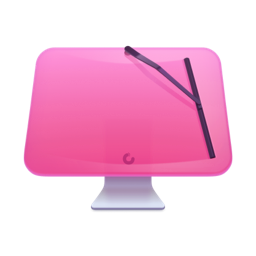
Deleting important system service files might cause damage to your Mac. You should be very careful when removing service files.
Clean your mac for more space free#
Having a low free disk space on a Mac usually makes the system work slowly.
Clean your mac for more space how to#
We're simply showing you what is here and how to see it. Note: Some of these files might affect how your Mac works or be necessary for apps to run. Next, you'll see an extensive list of folders, or if you went to caches, a list of caches files, folders, and installation leftovers that gathered up over the years. Then type in ~/Library and press enter.Click on the Go option in the menu bar at the top left of your screen.For this, start by heading to the Library folder by following these quick instructions: While it's easier just to run CleanMyMac X, you might want to dig around to see what's using up all that Other space first, just to be safe. Once it has finished cleaning out your device, your Mac will operate with optimized performance and have room for future updates or more photos and videos. That's where a powerful tool like CleanMyMac X from MacPaw could be invaluable. Unfortunately, it will be gray and unavailable to click. However, this won't give you access to the all-important Other category on the menu's left side. You can make various changes to files in iCloud, the hard drive, or choose to reduce clutter and try to clean stuff up. From here, you can take things a step further and click Manage to see a screen with more information and more controls.As you can see from our image below, the "Other" category typically takes up a lot of precious space. You'll see a bar chart with all the different file types on your Mac and how much space each type occupies.Choose Storage wait while it calculates.Click on the Apple logo in the top left.It's relatively easy to find, and here are the steps to gain a quick overview of what's on your Mac:

The first thing you'll want to do is check your own Mac to see just how much space is currently occupied by the "Other" folder. So if these aren't photos, videos, or music, what are they? They're a little of everything, but the easiest way to access this folder and solve this problem is to use a tool to clean up anything you don't need.

If macOS can't quickly label a file as video or audio, it usually falls into the Other category. Without getting too technical, the storage space containing the Other folder on Mac computers consists of several files that aren't easily distinguishable to the operating system. This folder could be clogging up your computer and slowing it down.

As a user, you're likely unable to access this folder and empty it by yourself. Another option is to find, learn about, and manage a relatively unknown folder on every Mac computer named Other, which often occupies a substantial amount of space. You could try uploading photos and videos to your iCloud account and removing old videos or downloaded files. However, there could be something else in your Mac that's using up a lot of space that maybe you don't know about. The first step is to try to make space by looking for things to delete. That's not a situation anyone wants to face. If you've enjoyed your Mac for a few years, you might not have that much GB sitting around freely available. Something as simple as updating to the latest macOS could take more than 50GB of space. It's a situation that's more likely if you have a 128GB or 256GB drive in your iMac, MacBook, Mac Pro, or Mac Mini.Įven business professionals with a 1TB Mac can quickly run into storage limitations. However, if you don't manage your hard drive space, eventually, you'll run out of storage capacity on your device. Many of us love our Macs and are dependent on them for just about everything, from work, play, content creation, to storing photos and videos.


 0 kommentar(er)
0 kommentar(er)
